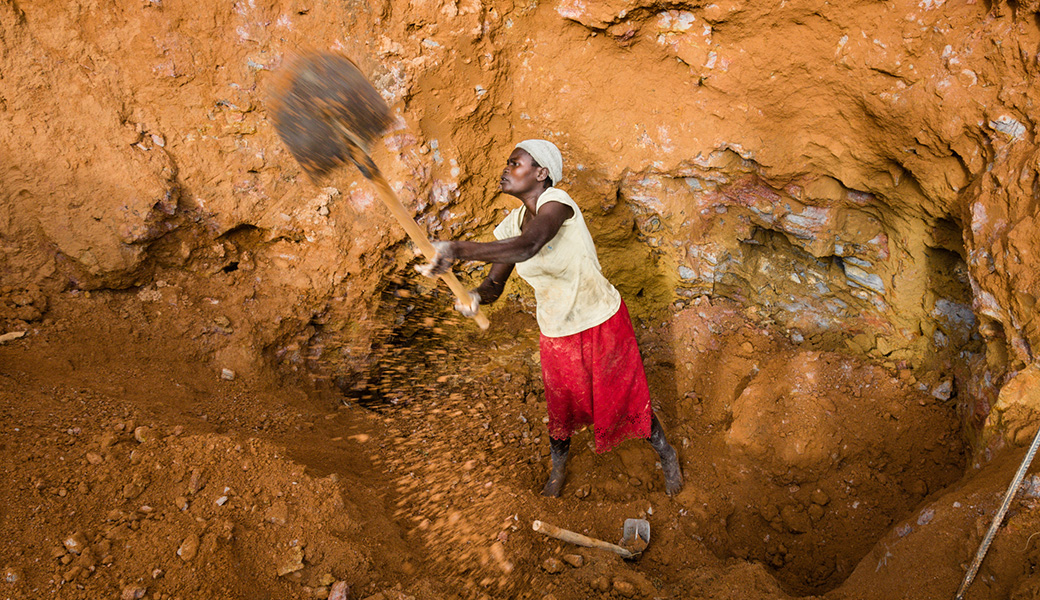Premium/ Documentary Project | Module 0: Getting started (+video)
INDEX
Module 0: Getting started
Module 1 – Finding Stories: Starting Your Own Project
Module 2 – Planning: All you need to do before you start shooting
Module 3 – Equipment: Choosing the right gear for your project
Module 4 – Accessories: The essential accessories you will need (to be published soon…)
Hello everyone! My name is Hugo and I am one of the co-founders of Fuji X Passion. Over the next few months I will present a detailed guide to help you develop your own Documentary Project.
This Guide will be divided by modules, such as:
- Finding stories;
- Planning;
- Equipment and accessories;
- The use of natural light for environmental portrait photography;
- Editing and post-processing;
- And many others.
The goal is for you to follow each of the modules and, at your own time and pace, start your Documentary Project on a topic of your choice. Throughout this period you can present your ideas, exchange opinions, ask questions. We will discuss your progress and clear all your doubts.
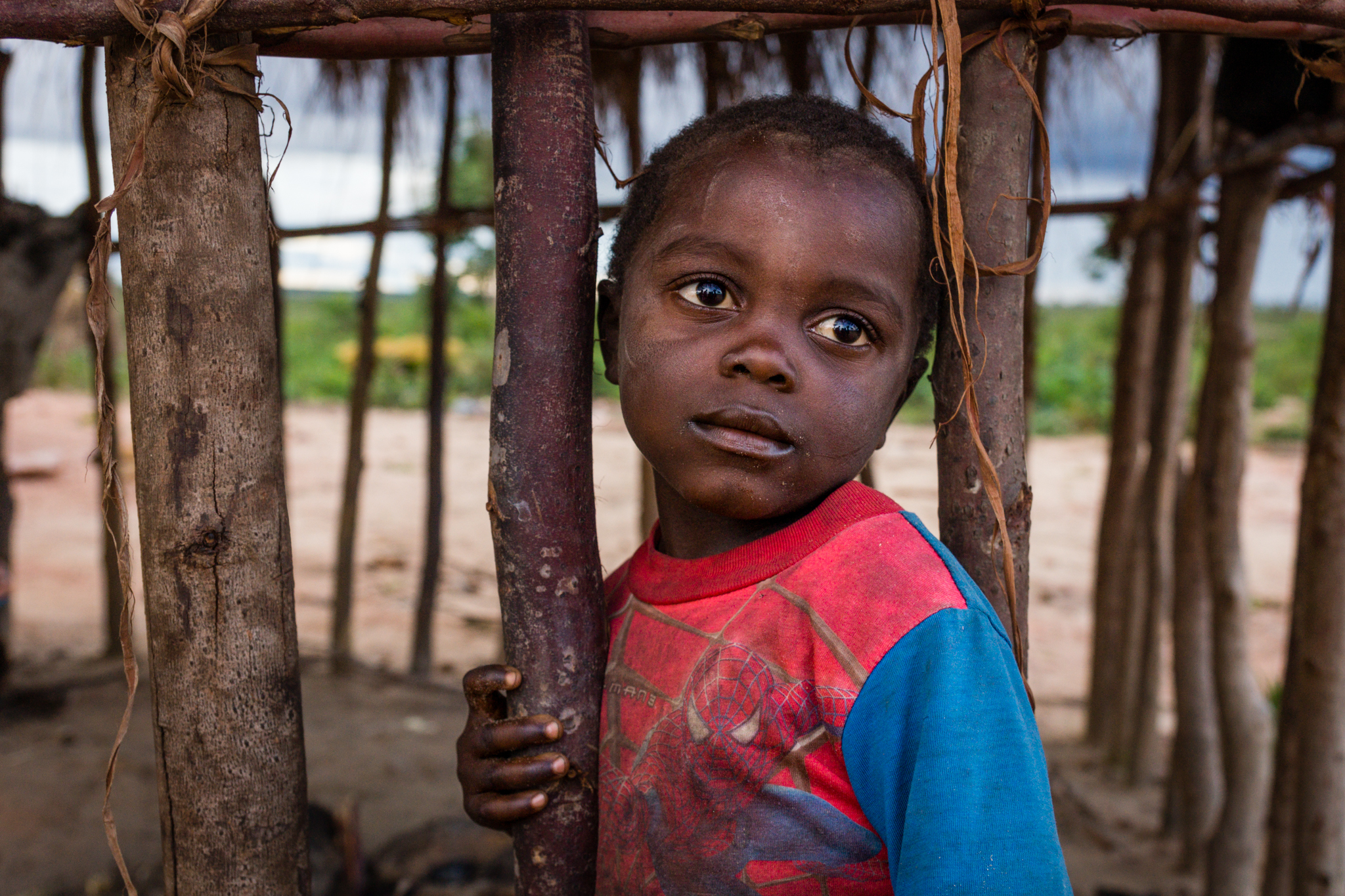
So first of all, what is Documentary Photography and what are the differences for Photojournalism, or Street Photography for example?
Usually, “Documentary Photography” is a designation applied to the genre of photography used to record events, persons and environments with relevance and significance. This description may not differentiate it from “Photojournalism” and actually they share many similarities, but while photojournalism is more about breaking news and creating content to the news media, documentary photography is generally related to long term and in-depth projects. Unlike photojournalism, which often needs to create a whole narrative in just one single photo, a documentary project consists of a series of images linked together by a guideline, telling a story through a homogeneous and consistent sequence, in which each of the images is connected to the rest. And of course, photojournalism is done by a photojournalist, with a degree and a professional press credential. While a documentary project can be done by anyone. You only need an idea, a device capable of capturing images (whether digital, film or even a smartphone) and a lot of dedication.
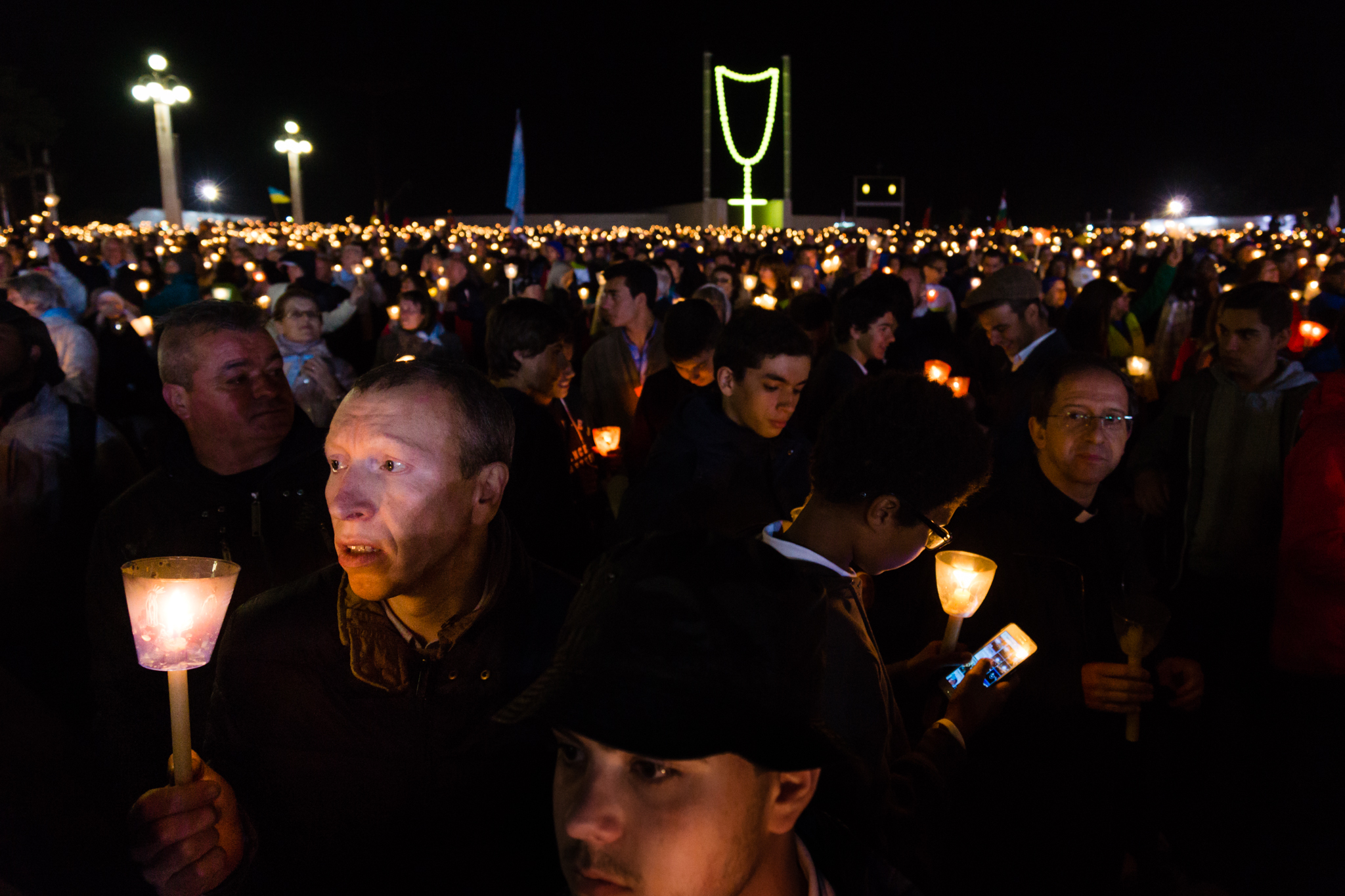
Many times it is called “Social Documentary Photography”, when the author uses a form of documentary photography with the aim to draw the public’s attention to ongoing social issues, like child labour, political turmoil, poverty or famine. It can provide evidence of human rights violations.
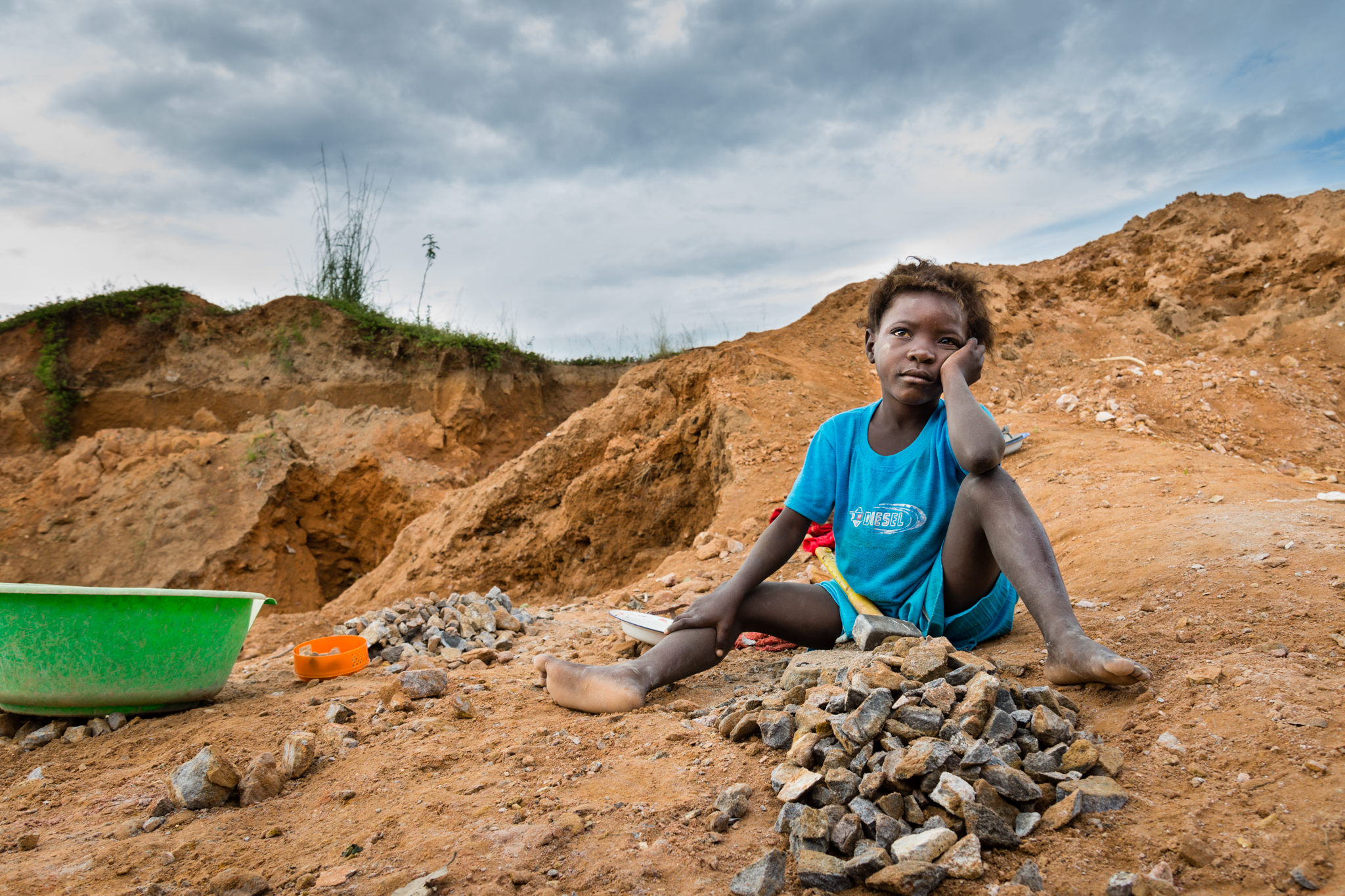
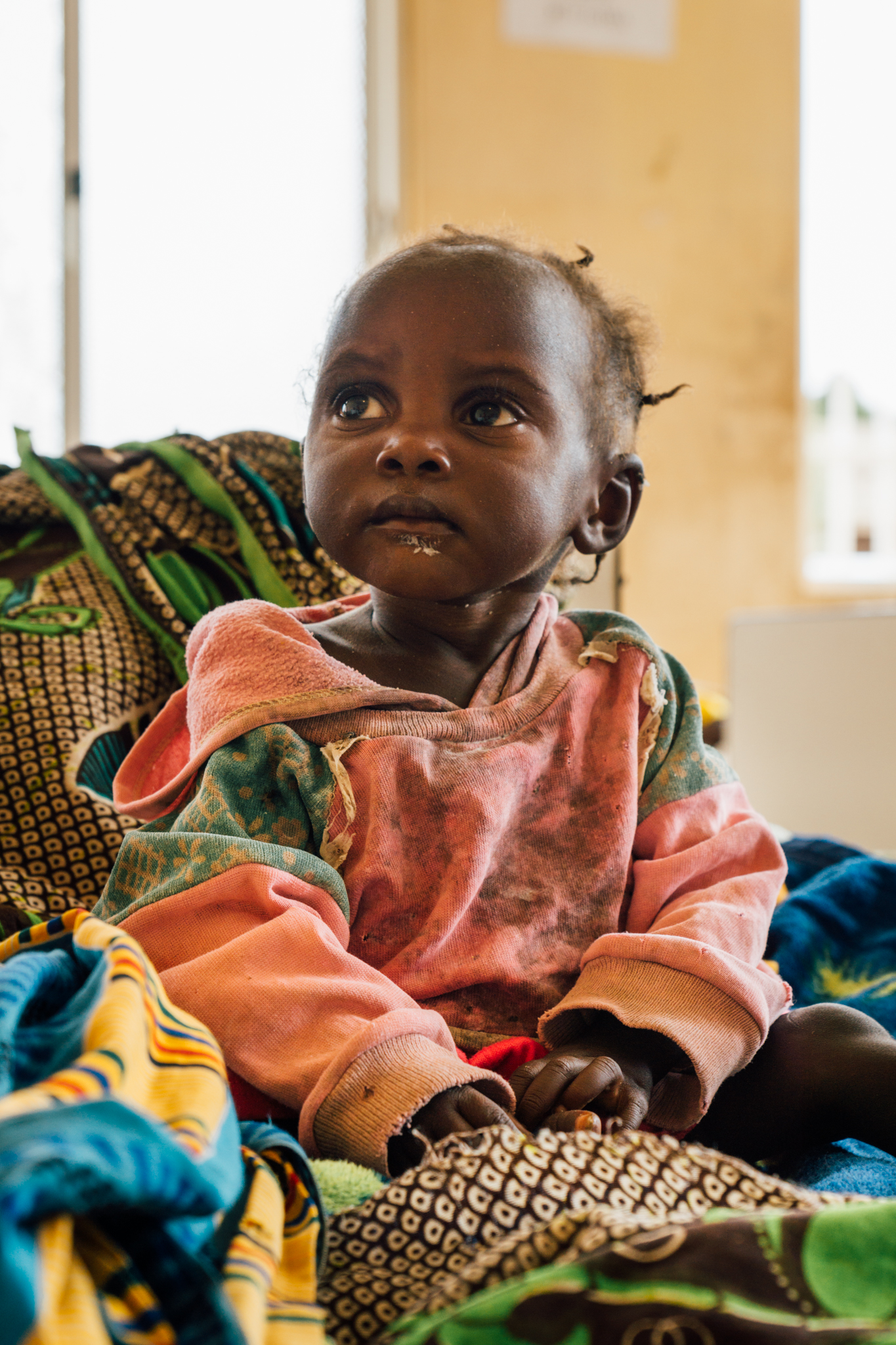
Documentary Photography is also often confused with Street Photography. And while street and documentary photography may have many aspects in common, street photography focuses on photographing people in public spaces, with the relevant characteristic of being spontaneous, un-premeditated and candid. On the contrary, documentary series are typically the result of long term projects, with a premeditated intention to tell a particular story. Although street photographs may have visual similarities with documentary ones, street photography is not necessarily about the truth, but a well composed, aesthetically interesting and appealing image.
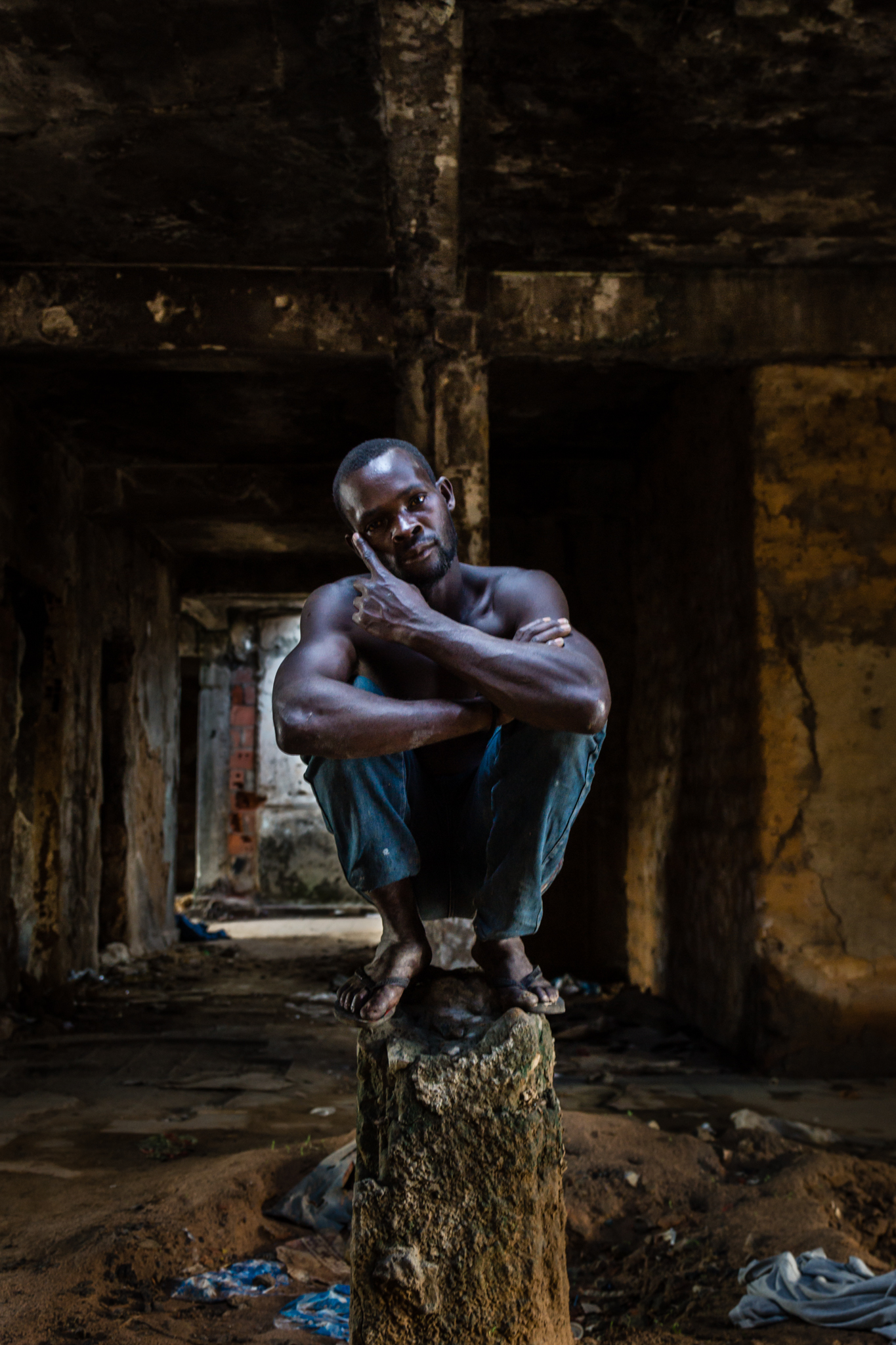
Watching the news, we realize that a succession of events, whether of human or natural origin, is changing the face of the planet and the world of tomorrow will certainly be very different from what we know today. In such a fast changing world, a documentary project may have a noble mission of preserving memories like professions, habits and traditions in extinction. The cities are changing, the forests, the rivers. Society itself is constantly changing. We shouldn’t wait until it’s too late to capture what’s important to us.
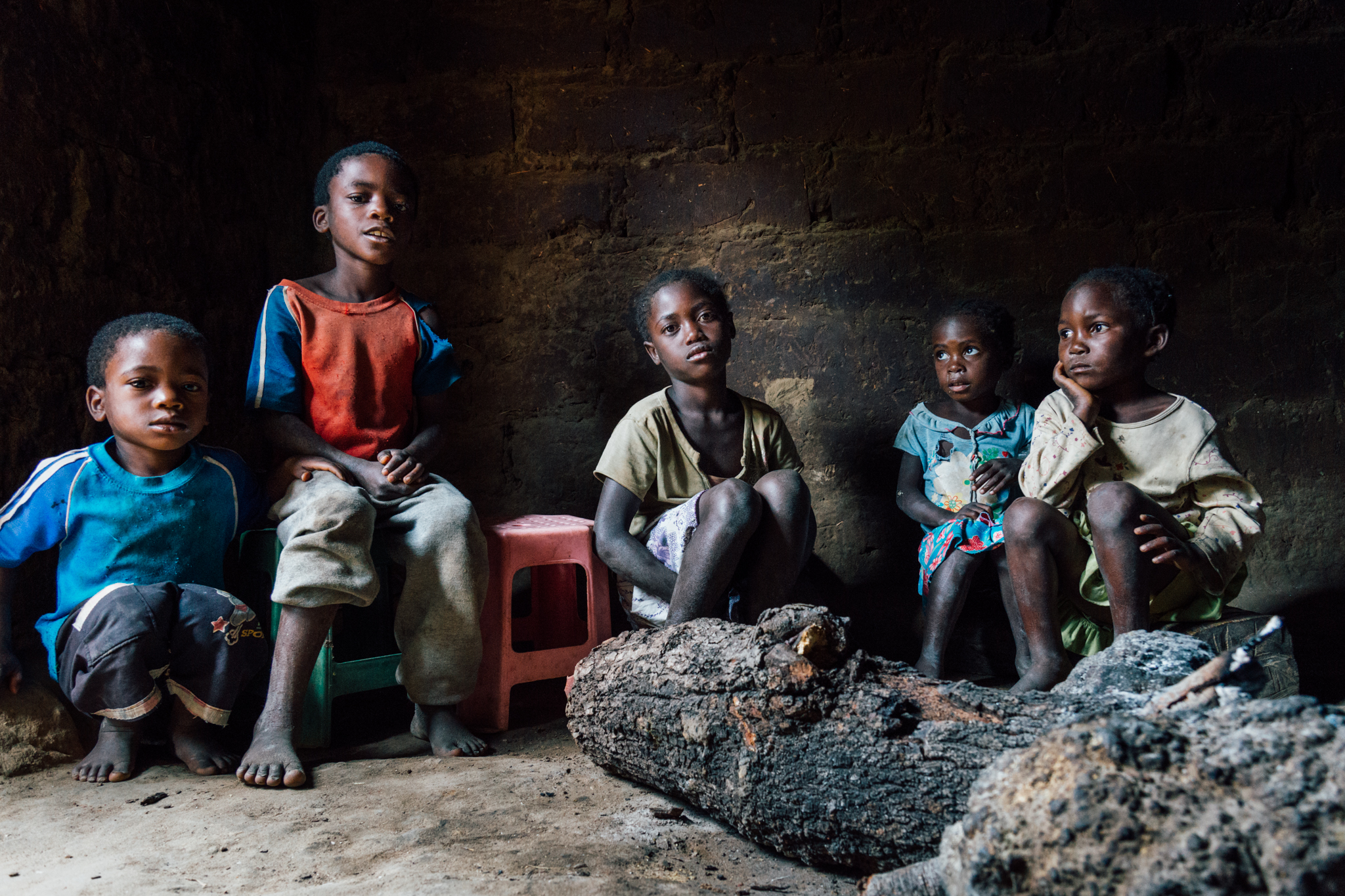
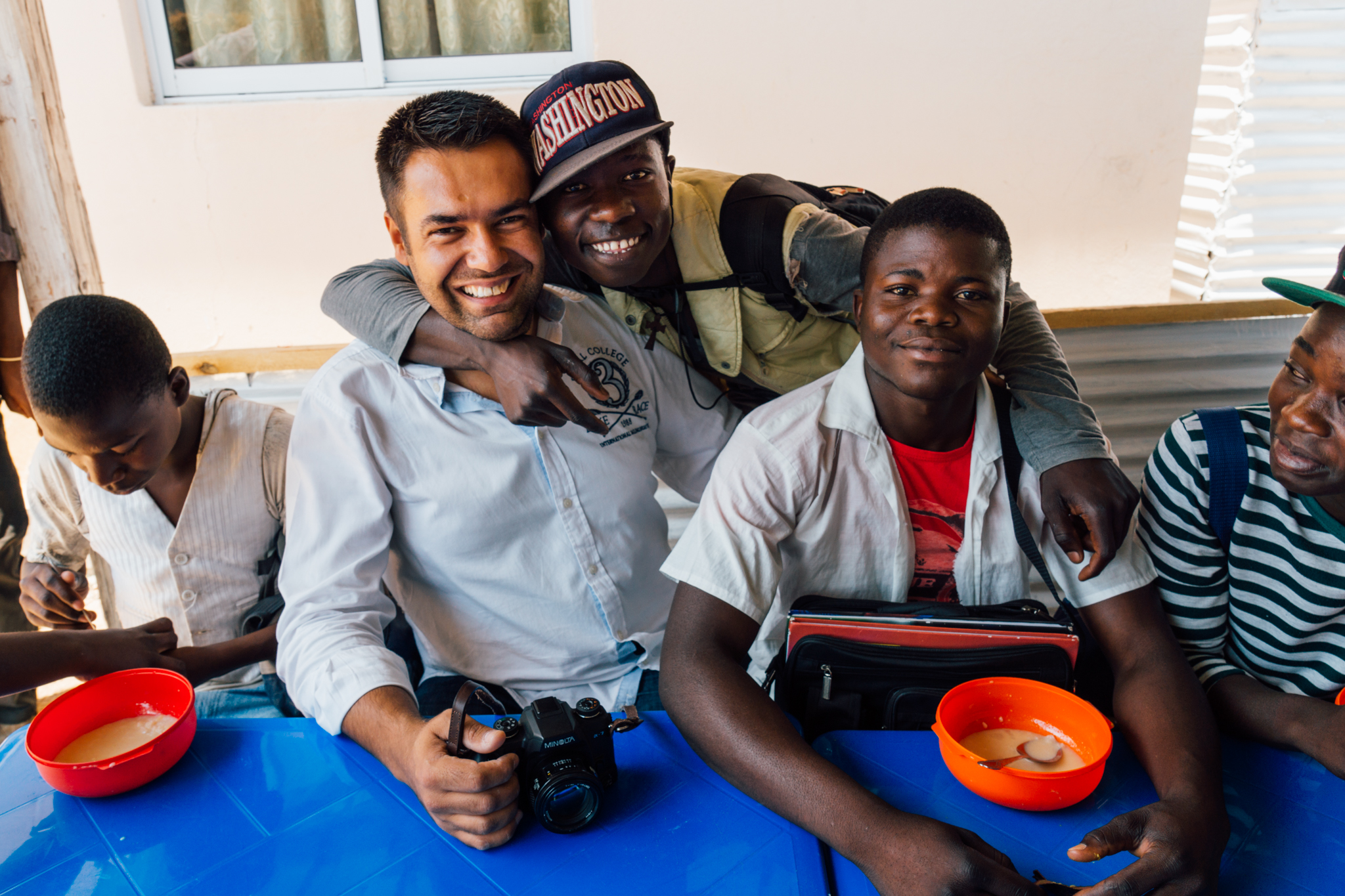
So, grab your camera, pick a story you want to tell and join me on this “journey”. In the end we will be delighted to receive all your projects and one of them will be selected to be published here on Fuji X Passion!
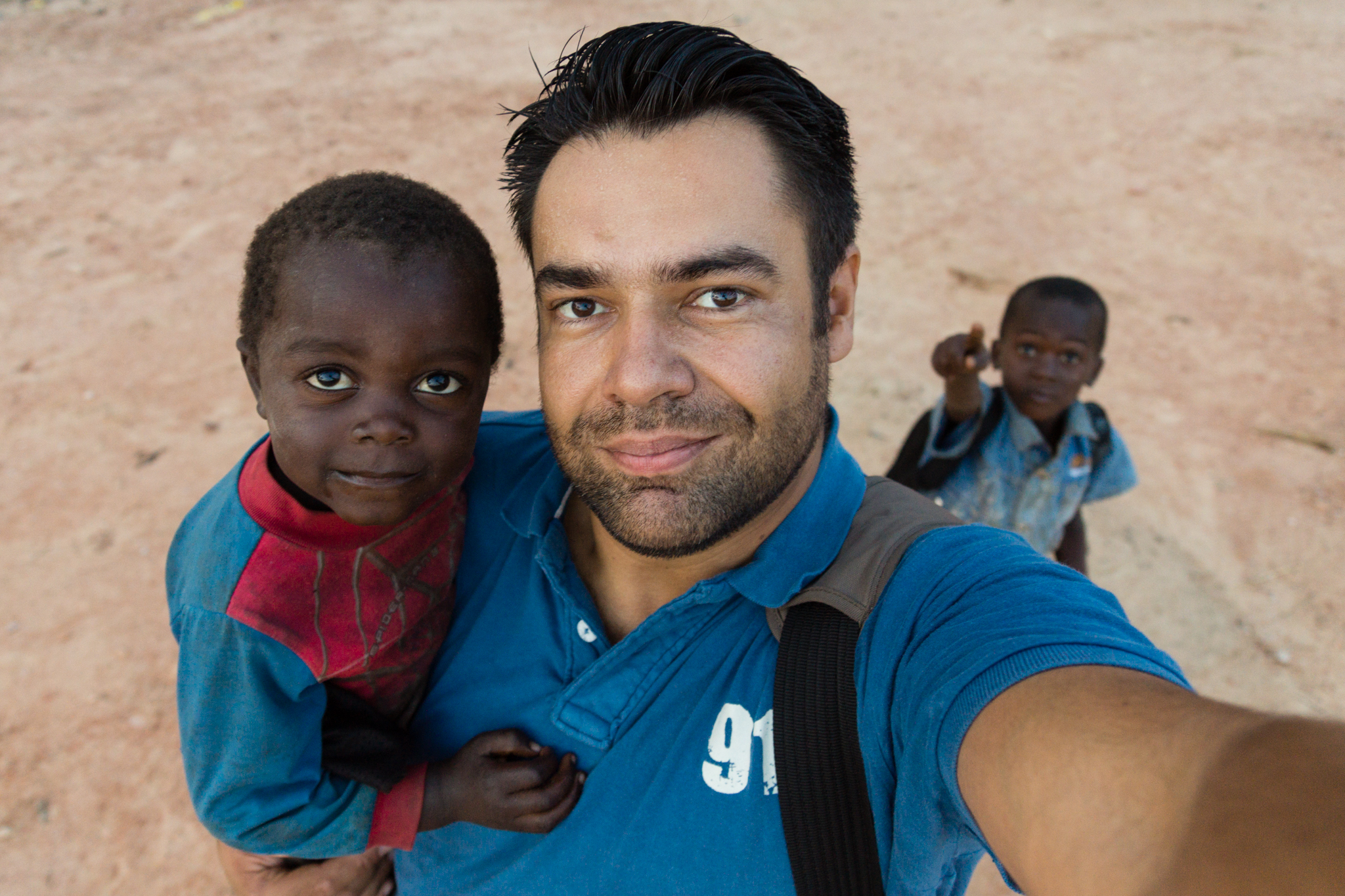

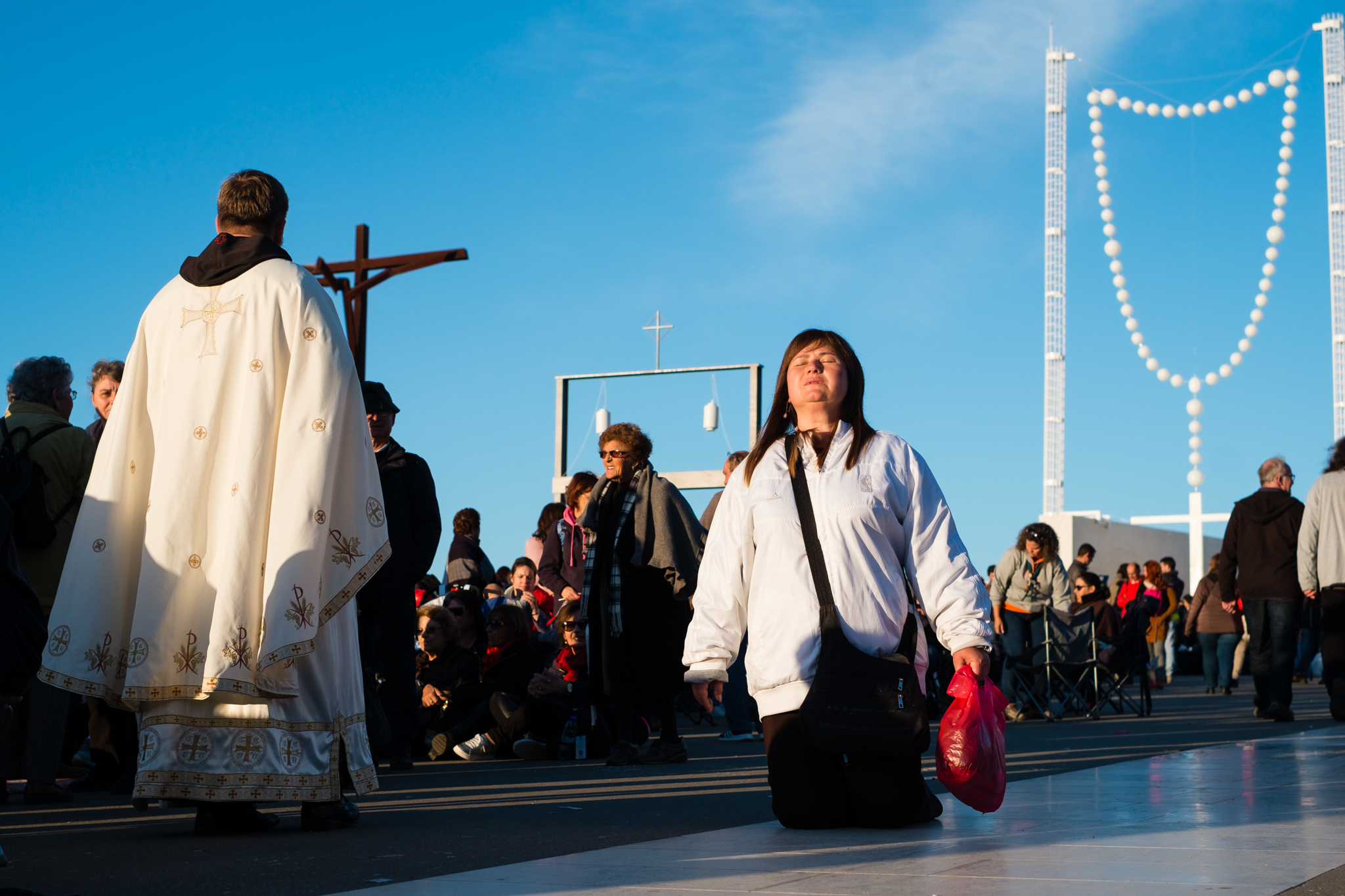
Important note: All the portraits of minors were taken in the presence of their parents.
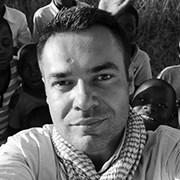
Co-founder of the Fuji X Passion Project.
Travel and documentary photographer from Portugal, using mirrorless cameras since 2012.

